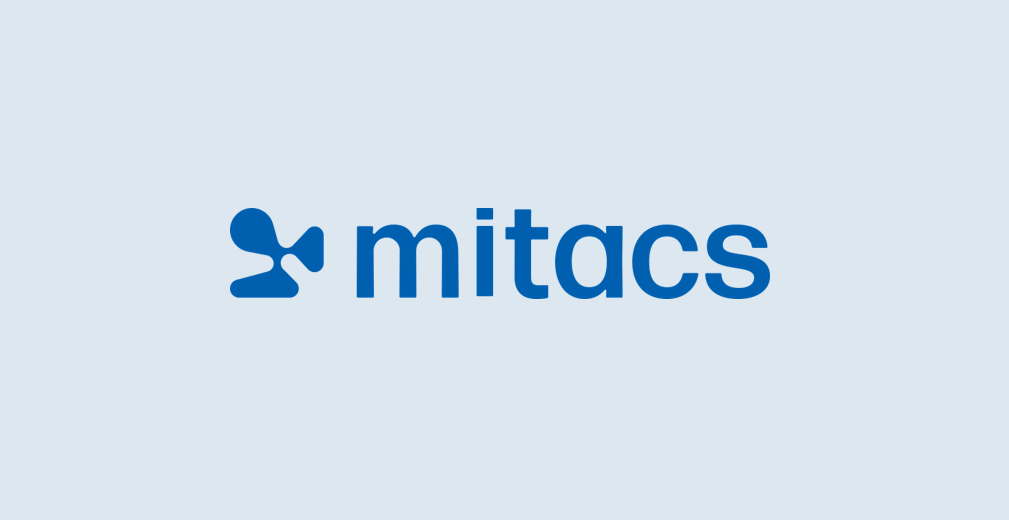
Financial indicators of an individual firm may be in the form of time series, vectors, or even richer data, such as text or images. The purpose of this work is to explore and develop methods for dealing with such data, and in particular perform the clustering/classification of such data into similar groups. In the project […]
Read More